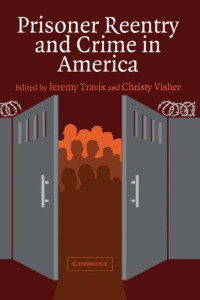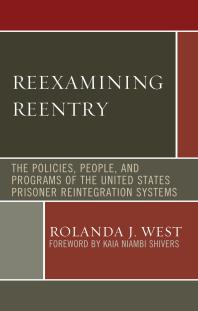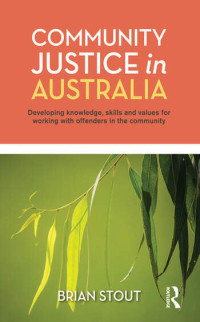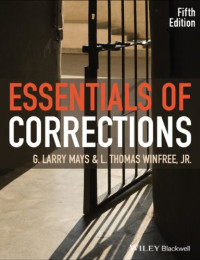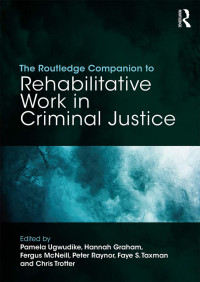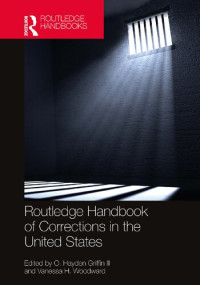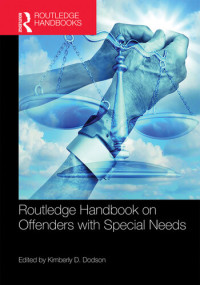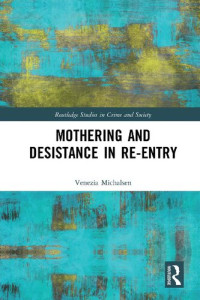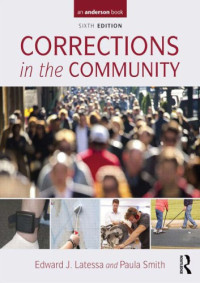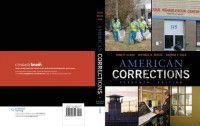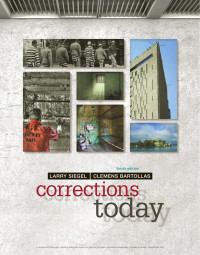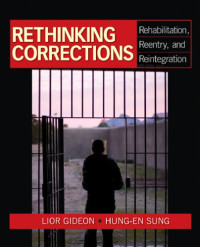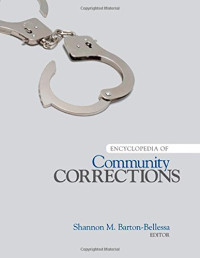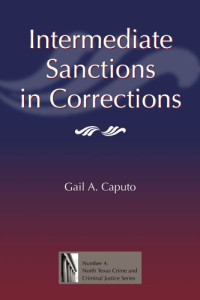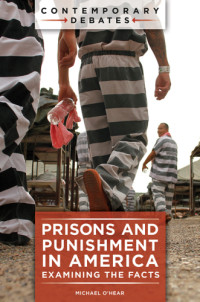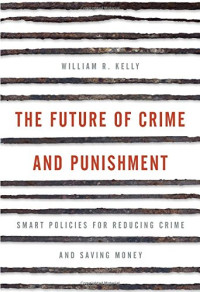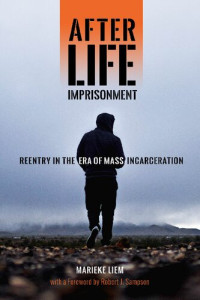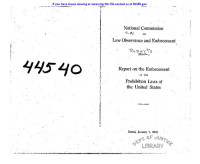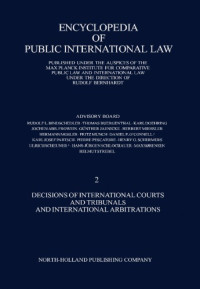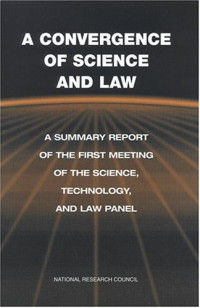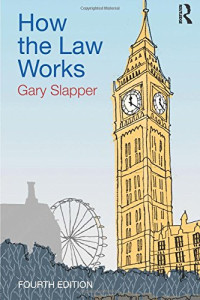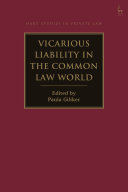
Parole, Desistance from Crime, and Community Integration
National Research Council, Division of Behavioral and Social Sciences and Education, Committee on Law and Justice, Committee on Community Supervision and Desistance from Crime
Every day, about 1,600 people are released from prisons in the United States. Of these 600,000 new releasees every year, about 480,000 are subject to parole or some other kind of postrelease supervision. Prison releasees represent a challenge, both to themselves and to the communities to which they return. Will the releasees see parole as an opportunity to be reintegrated into society, with jobs and homes and supportive families and friends? Or will they commit new crimes or violate the terms of their parole contracts? If so, will they be returned to prison or placed under more stringent community supervision? Will the communities to which they return see them as people to be reintegrated or people to be avoided? And, the institution of parole itself is challenged with three different functions: to facilitate reintegration for parolees who are ready for rehabilitation; to deter crime; and to apprehend those parolees who commit new crimes and return them to prison. In recent decades, policy makers, researchers, and program administrators have focused almost exclusively on "recidivism," which is essentially the failure of releasees to refrain from crime or stay out of prison. In contrast, for this study the National Institute of Justice (NIJ) of the U.S. Department of Justice asked the National Research Council to focus on "desistance," which broadly covers continued absence of criminal activity and requires reintegration into society. Specifically, the committee was asked (1) to consider the current state of parole practices, new and emerging models of community supervision, and what is necessary for successful reentry and (2) to provide a research agenda on the effects of community supervision on desistance from criminal activity, adherence to conditions of parole, and successful reentry into the community. To carry out its charge, the committee organized and held a workshop focused on traditional and new models of community supervision, the empirical underpinnings of such models, and the infrastructure necessary to support successful reentry. Parole, Desistance from Crime, and Community Integration also reviews the literature on desistance from crime, community supervision, and the evaluation research on selected types of intervention.
Año:
2007
Edición:
1
Editorial:
National Academies Press
Idioma:
english
Páginas:
114
ISBN 10:
0309110823
ISBN 13:
9780309110822
Archivo:
EPUB, 460 KB
IPFS:
,
english, 2007
 Amazon
Amazon  Barnes & Noble
Barnes & Noble  Bookshop.org
Bookshop.org  Convierte archivos
Convierte archivos Más resultados de búsqueda
Más resultados de búsqueda Otros beneficios
Otros beneficios 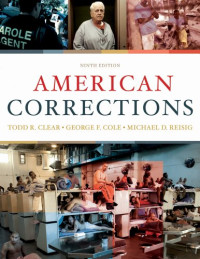
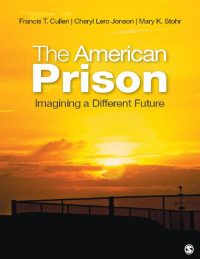

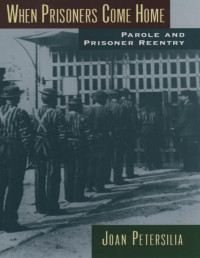

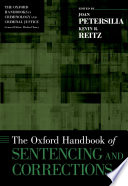

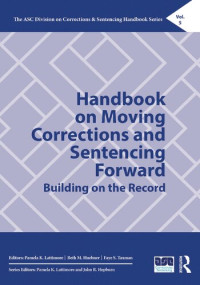
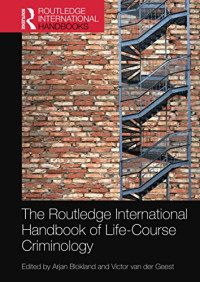

![Larry J Siegel, Clemens Bartollas — Corrections Today [Wadsworth; 2011]](https://s3proxy.cdn-zlib.se/covers200/collections/genesis/e9e915e69e899a0be8bf6c42c2504844e5549130f3c3167a25924d65a4a17059.jpg)
